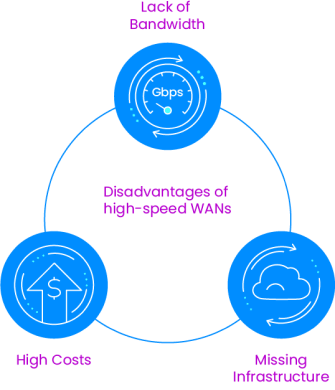The largest online companies providing public cloud storage host a combined 1,200 petabytes of data1, adding huge incremental data daily2. As of 2021, the world’s data centers hold around 1,327 exabytes of data and continue to add another 2.5 exabytes daily.
The World Economic Forum estimates that by 2025, humanity will create 463 exabytes of data each day, or the equivalent of 212,765,957 DVDs





